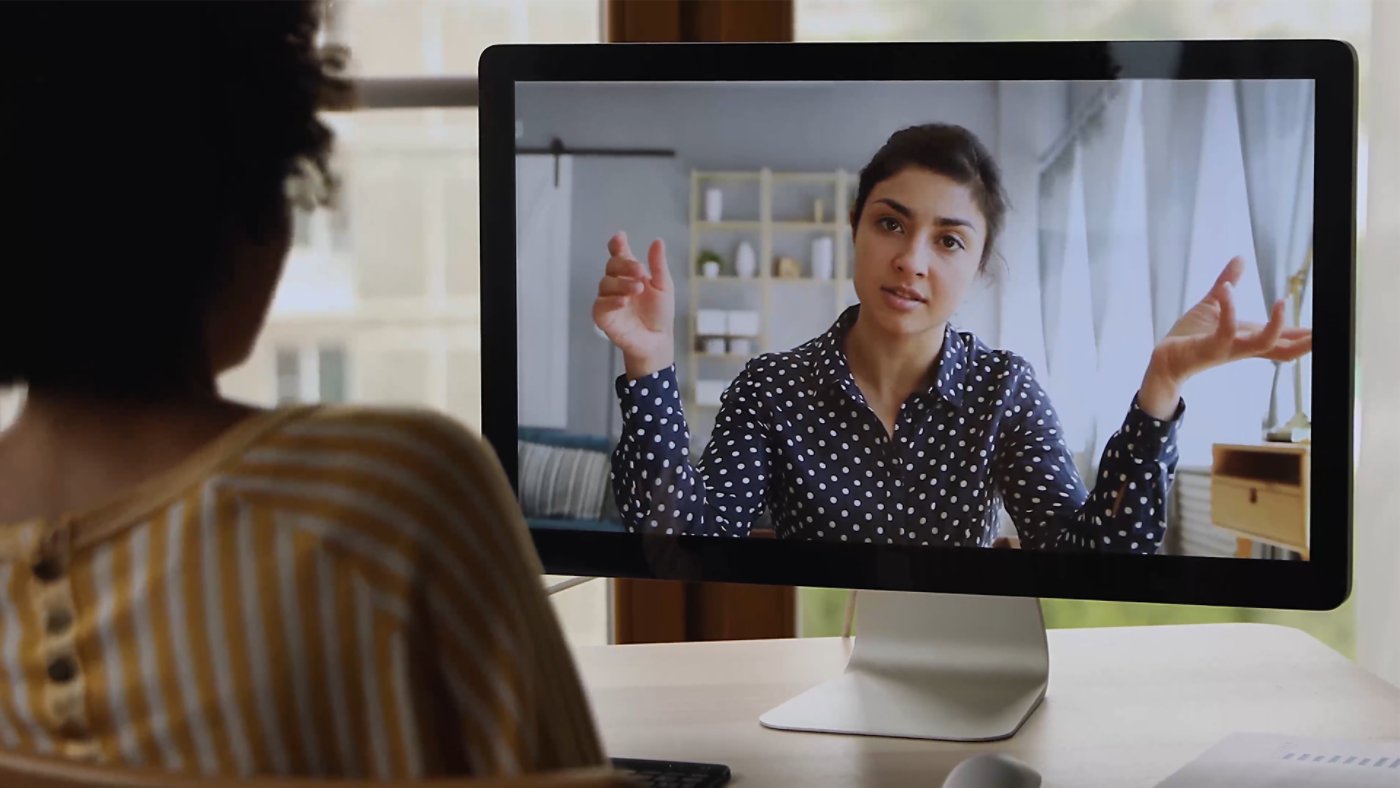
Advance digital equity and inclusion
Advance digital equity
and inclusion
An underserved public education system wanted to advance digital equity and provide greater learning opportunities for its students. The Department of Education needed to modernize its network infrastructure and enable internet connectivity across its schools.
how we helped
Customer use cases
Learn how we helped other government customers

What if your next DMV visit took less than 15 minutes?
What if your next DMV visit took less than 15 minutes?
Kyndryl partnered with the Arizona DMV to support digital transformation initiatives that turned a notoriously time-consuming chore into a delightful experience for citizens.

Less paper, more security and insights
Less paper, more security and insights
Kyndryl is helping a large university increase security and resiliency by digitizing more than 2 million pages of paper-based student records.

